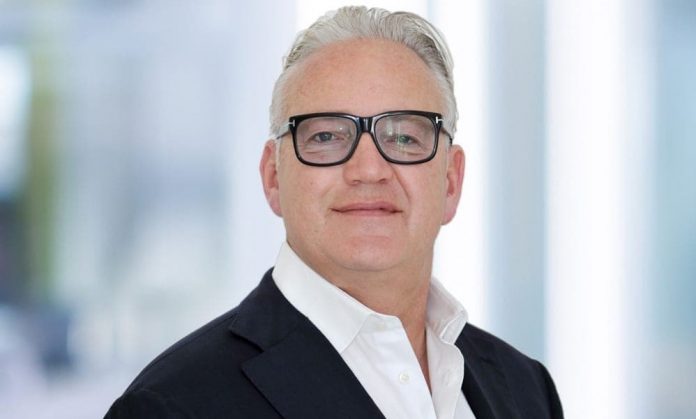
According to the consultancy EY, 50% of Middle East clients have changed wealth managers in the last 3 years. This is a materially higher figure than in any other region over the same time – Asia, for example, saw 15% of clients switch providers.
The fact is, while it is perceived that the Middle East market consists of ultra-high net worth individuals serviced by global banks offshore, the market is more dynamic than people think – and the focus is moving to an onshore best-in-class value proposition.
Digital first
One of the most notable ways in which the market is changing is servicing and distribution channels. The rapid rise in mobile phone penetration – now at 97% according to Deloitte – along with other factors, such as wealth transfer from baby boomers to much tech-savvier millennials were all increasing demand for end-to-end digital wealth management – and that was before COVID-19 hit!
Now, offering digital wealth management services to high net worth clients is taken for granted. As a result, the plane of competition is shifting from having a digital service to having a digital service with great functionalities, services and product offerings that can differentiate it from others.
In particular, it is critical to have rich engagement tools – such as simulations, personalized news and goal-setting – that can meaningfully drive higher adoption and cross-selling. Take CommBank in Indonesia, for example, when it introduced its SmartWealth mobile banking service, its Premier Banking clients jumped by 25%
New opportunities
Part of the digitalization story lies in making it cheaper to serve customers. But, in addition, digitalization allows wealth managers to launch new ecosystem-based business models. These can be used to extend distribution further, such as embedding wealth management services into ecommerce apps, or to extend the range of services provided by opening up their platform to third parties.
In effect, therefore, digitalization allows wealth managers to reach both a larger audience – we estimate that there are over 1 million underserved affluent customers in the Middle East – and to provide a broader set of services to all customers. Consequently, the middle-income market opportunity is bigger than generally realized.
Capturing the opportunity
Just because a large market opportunity exists doesn’t mean that it will be easy to capture.
The key will be to put in place the right IT infrastructure. Presenting customers with better user interfaces won’t cut it. Customers are looking for better experiences and access to bespoke investment solutions at a reasonable price.
In order to offer these, banks and wealth managers need orchestration platforms that can provide customers with a joined-up, immersive experience across multiple asset classes and over any channel. These orchestration systems also have the benefit of allowing for rapid change, such as launching new services quickly, as well as facilitating business model change.
PostFinance, one of the largest retail banks in Switzerland, just launched an end-to-end digital platform to cater for the needs of customers wishing to diversify away from low-yielding savings products. Released during the COVID confinement period, the platform offers a seamless and engaging experience to both advisory and discretionary customers and is seeing massive take-up.
Don’t wait
With the fast rate at which Middle Eastern clients are switching wealth managers, it won’t take long for the market to determine which banks and wealth management firms are delivering the best experiences and outcomes. Those who wish to capitalize on change need to act now.
For more information about additiv, visit www.additiv.com










